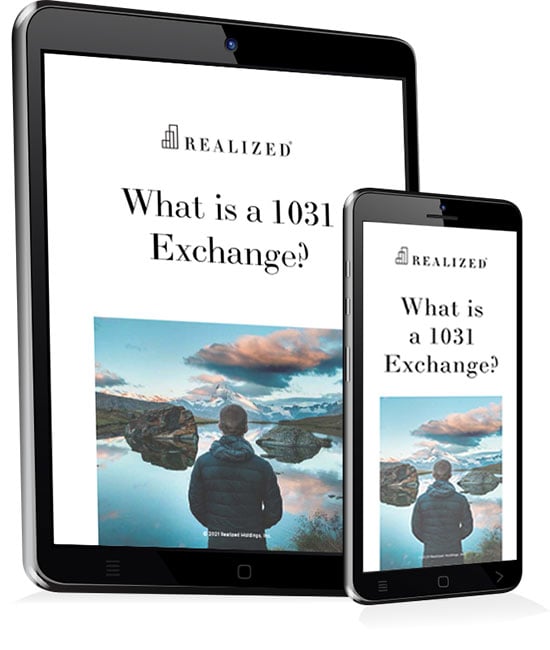
As you may know, a 1031 exchange is a tedious process, especially with the various rules imposed by the IRS. The complex requirements, timelines, and jargon can lead to false beliefs or misconceptions. While some myths are harmless, others should be dispelled quickly to ensure that you follow everything correctly and avoid losing your tax-deferred status. Below, Realized 1031 shares common misunderstandings about the 1031 exchange process to serve as a handy reference.
1. “Like-kind” Confusion
Not many investors, even those experienced in real estate, are familiar with the term “like-kind.” This refers to two properties that are similar in nature. More specifically, both assets must have been held for investment or business use (qualified use). Some investors may think that you can only exchange an apartment complex for another, or a shopping strip for a standalone store. However, the like-kind definition is broad. So long as the two real property assets fall under qualified use, you can exchange them. This means that apartment complexes can be swapped for shopping strips, and more.
2. Using Funds for Other Expenses
This misconception, regarding whether you can use the proceeds from the home sale for expenses, is more complex than meets the eye. There’s a requirement that all proceeds from the sale must be reinvested to maintain full tax-deferral benefits. As such, using any funds for personal expenses is automatically not allowed.
However, you are allowed to deduct expenses involved in the 1031 exchange itself. These costs include fees for your qualified intermediary, title insurance premiums, and escrow fees since the funds will be held by a third party. You can deduct the expenses to reduce the overall value of the sale.
3. Exchanges Can Be Done on Your Own
Some savvy real estate investors may think that, with enough research, they can handle the entirety of the exchange on their own. However, this is not permitted because of the arm’s-length transaction requirement. This rule prevents the creation of constructive receipt, indicating that you received taxable income. As such, working with a qualified intermediary is required in every transaction to ensure complete compliance and maintain tax-deferral benefits.
4. Only One Relinquished and Replacement Property Is Allowed
Investors who are just starting out with their research on 1031 exchanges may come to the conclusion that you can only exchange one property for another. However, this equivalence is not rigid. In fact, you can exchange more than three thanks to the 200% rule. There’s also the fact that Delaware Statutory Trusts (DSTs) are eligible for the exchange, which means you can enter several DSTs so long as the proceeds are enough. This feature adds diversification as a benefit, making 1031 exchanges even more beneficial for your portfolio.
5. Any Cash Boot Will Remove Tax-Deferred Status
In point two, we mentioned how any personal use of funds is generally not allowed to maintain full tax-deferral. However, receiving any form of cash will not automatically disqualify you from the exchange. You enter a partially deferred exchange instead, paying taxes for the cash boot. This condition gives some flexibility to investors, especially if liquid cash is needed for small emergencies and other expenses.
Final Thoughts on 1031 Exchange Process Misconceptions
Given the complexity of the like-kind exchange process, it’s unsurprising that misunderstandings arise. Our list is not exhaustive, but it can serve as a good foundation for investors interested in this type of transaction. Make sure to consult with your intermediary and other tax experts to confidently navigate the exchange and avoid any more harmful misconceptions.
Sources:
https://www.americanbar.org/groups/real_property_trust_estate/resources/real-estate/1031-exchange/
https://www.law.cornell.edu/wex/constructive_receipt_of_income



